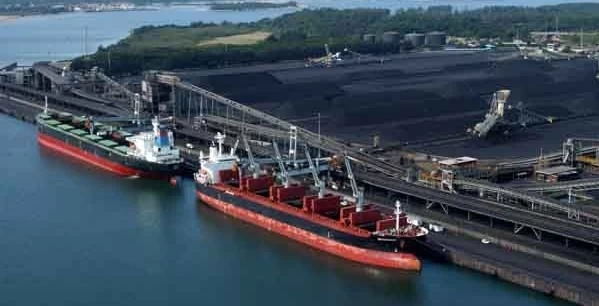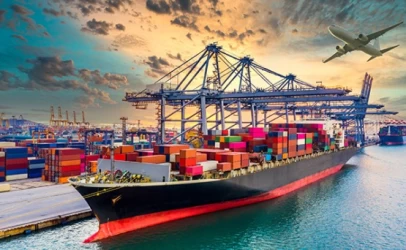Sea Freight in Richards Bay Port
Richards Bay Port, located in the northern industrial hub of KwaZulu-Natal, South Africa, is a pivotal maritime gateway for the country. Known for its extensive bulk handling capabilities, the port plays a crucial role in the global supply chain, facilitating the movement of a diverse range of commodities. This article delves into the various aspects of sea freight operations at Richards Bay Port, highlighting its infrastructure, key commodities, and strategic importance.
Historical Background
Established in 1976, Richards Bay Port was initially developed to handle the export of coal from the rich coalfields of KwaZulu-Natal and Mpumalanga provinces. Over the years, the port has expanded its operations to accommodate a wide variety of bulk and break-bulk cargoes, becoming South Africa’s premier bulk port.
Infrastructure and Facilities
Richards Bay Port boasts a deep-sea water port with 13 berths, capable of accommodating large Cape-size vessels. The port’s infrastructure is designed to handle a vast array of cargo types, including dry bulk ores, minerals, and break-bulk consignments. The terminal is equipped with state-of-the-art facilities to ensure efficient loading and unloading processes, minimizing turnaround times for vessels.
Key Commodities
The port handles more cargo by volume than any other South African port, with a focus on four major activities: export coal, dry bulks, break-bulk, and liquid bulks. Some of the key commodities handled at Richards Bay Port include:
- Coal: The Richards Bay Coal Terminal (RBCT) is one of the world’s leading coal export facilities, playing a significant role in the global coal supply chain.
- Minerals and Ores: The port exports a variety of minerals and ores, including magnetite, ferrochrome, and aluminium.
- Agricultural Products: Richards Bay also handles significant volumes of agricultural products such as woodchips and timber.
- Industrial Goods: The port facilitates the export of steel and other industrial goods to various international markets.
Strategic Importance
Richards Bay Port’s strategic location and extensive infrastructure make it a critical node in the global supply chain. The port serves not only the local industries of KwaZulu-Natal but also the broader Southern African region. Its connectivity via rail and road networks ensures seamless transportation of goods to and from the hinterland.
Economic Impact
The port’s operations have a substantial economic impact on the region, providing employment opportunities and contributing to the local economy. With over 1,000 employees, the port is a significant employer in the area. Additionally, the port’s activities generate revenue through tariffs and fees, supporting the broader economic development of South Africa.
Future Prospects
Richards Bay Port is currently undergoing expansion to enhance its capacity and efficiency. These developments aim to accommodate the growing demand for bulk and break-bulk cargo handling, ensuring the port remains competitive in the global maritime industry. The expansion projects include upgrading existing facilities and constructing new berths to handle larger vessels and increased cargo volumes.
Sea Freight Between Richards Bay and Iran
Sea freight between Richards Bay Port in South Africa and Iran is a vital link in the global supply chain, facilitating the exchange of various commodities. This route primarily handles bulk cargo such as minerals, agricultural products, and industrial goods. The journey typically involves shipping from Richards Bay to major Iranian ports like Bandar Abbas or Bushehr, where goods are then distributed across the country. Conversely, Iran exports products such as petrochemicals and agricultural goods back to South Africa. This maritime connection not only supports trade between the two nations but also strengthens economic ties and fosters international cooperation.
Conclusion
Richards Bay Port stands as a testament to South Africa’s maritime capabilities, playing a vital role in the global supply chain. Its extensive infrastructure, strategic location, and diverse cargo handling capabilities make it a cornerstone of the country’s economic landscape. As the port continues to expand and modernize, it is poised to maintain its position as a leading bulk port, driving economic growth and facilitating international trade.
I hope this comprehensive overview provides you with valuable insights into the sea freight operations at Richards Bay Port.
if you have a specific question or need more details about Richards Bay Port, Iran's logistics experts are your answer!











